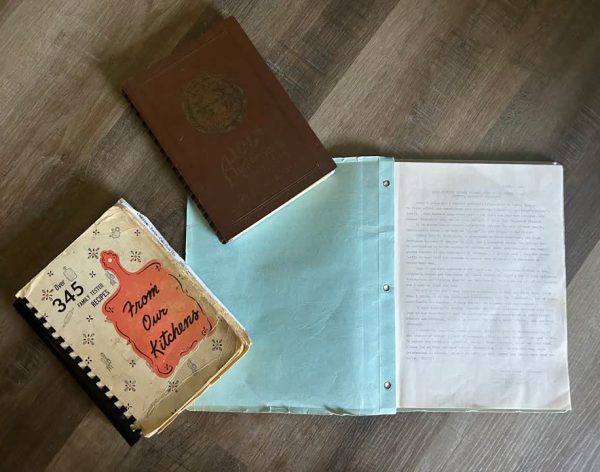Waste Not
When having a menstrual cycle is annoying and expensive

My evening of Oct. 17 involved an innocuous visit to Target. Among the products I purchased was a menstrual cup, an invention from the 1930s meant to save those with a cycle from a monthly torrent of costs.
Following directions, I inserted it and slept peacefully, like an innocent child, unaware of the chaos soon to come.
7 a.m.:
I woke up the following morning and started my usual business. However, when I went to take out the cup, I found my delightful, ingenious, perfect solution was lodged up my vagina much further than I could reach.
I was aghast. This was supposed to rid me of spending $7-14 dollars every month on tampons. Yet there it was, leaving me to wonder how in heck I would fit in a visit to Student Health Services.
8 a.m.:
My Human Sexual Biology lecture, of course, happened to be on the menstruation cycle.
As the professor lectured us about heavy versus weak flow, I was online sifting through insightful articles titled “Gross-out Fridays: I went to the ER to get a keeper un-stuck from my vagina,” and “Oh Jesus, Lord help me my Diva Cup is stuck. Help!”
This is my life now, I thought to myself. This is what I have become.
Like the mother in “The Devil’s Child,” I thought continuously about the dark entity inside me.
1 p.m.
The dreaded visit to Student Health Services.
I marched in, confident, reminding myself that they must see many strange situations each day. When the nurse came in, I explained my predicament. She nodded and left with another nurse. “We’re going to go talk about our plan of action,” she said. Some 45 minutes later, I was walking out of Student Health Services a free woman.
All this goes to show my dedication to this column, to the idea of not producing waste. The purchase was meant to take away from the 250-300 pounds of pads and tampons the average woman throws away in her lifetime.
While I don’t believe women should be shamed for creating waste from their periods, there are definite advantages to avoid the pink tax.
Women spend an average of $1,773.33 on tampons in their lifetime, $2,280 on new underwear due to what is lost to their period and $443 on pads. These numbers exclude the cost of birth control, often used to alleviate effects of the menstrual cycle, $11,400, and Midol for cramps, $1,229.83.
Today’s dramatic incident may have been exceptional but the erratic costs of having a period are inexcusable, especially when even normal hygiene products found in the store cost around 50 percent more for women.
Except for Minnesota, Maryland, Pennsylvania and Massachusetts, every other state in the U.S. taxes for tampons.
Perhaps I’ll try the menstrual cup again sometime soon, perhaps not. Many of my friends have given stellar reviews of the product. The logic for using them is important to understand: it’s expensive and wasteful to have these monthly cycles I can’t prevent.
The whole lot of it is a bloody mess but it’s critical we elect officials who view feminine hygiene products as what they are: essentials.










